7 Essential Ingredients for an Unforgettable Boss Battle
The boss battle, one of the most traditional conventions in the world of video games. They have existed since the golden age of video game arcades, with the Mothership from the arcade shooter Phoenix serving as one of the first examples. But what do boss battles bring to a game? What separates a good boss fight from a bad one? And are they even necessary at all?
Boss battles are in part intended to shape a player’s interest curve over the course of the game by breaking up the steady action with a significant event, often progressing the game’s story in the process. Although it is mostly action games that feature bosses, there are some exceptions to the rule. A recent example of (what is arguably) a puzzle game that features boss battles is Blizzard Entertainment’s Hearthstone (2014) with the addition of Naxxramas.
The pacing of the whole game should be taken into consideration when designing boss fights. They shouldn’t be too close together, nor too far apart. As the player can feel a boss fight approaching, tension should build steadily, until finally the fateful encounter arrives. It is good practice to allow this tension to grow during the lead up to the boss so the player is always anticipating what might lurk just around the corner. In Templars of Hyrule, Morpha is a perfect example of this, as he intimidates the player right from the beginning of the Water Temple up until his defeat.
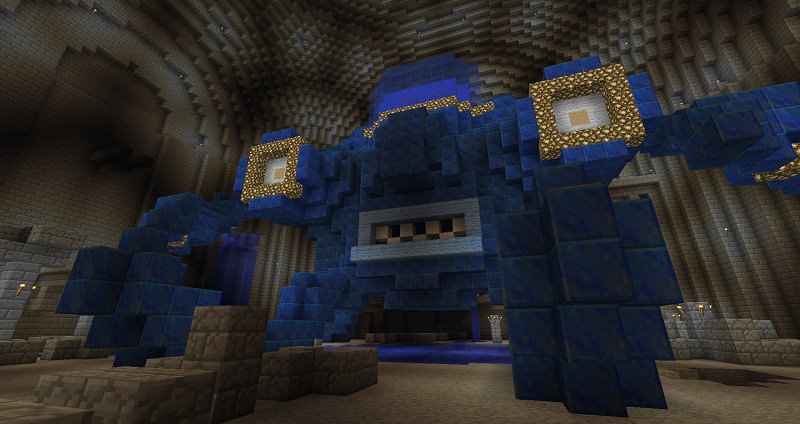 “How dare you enter MY temple? Leave now or meet your watery grave!”
“How dare you enter MY temple? Leave now or meet your watery grave!”
Just as important as the build up to the boss fight is the brief moment of relief afterwards. Upon defeating a boss, the player is likely to earn some sort of reward – a new item, an achievement, or even just the next level – but we must not forget that they also deserves a break. Boss battles are hard work! In games where the tension is constantly at boiling point, players can become overwhelmed and require breaks more frequently. In Templars of Hyrule, all boss fights are followed by a quest item, a debriefing by either Rauru or Sheik, and (most importantly) a moment of overworld tranquillity before players plunge into the next dungeon, giving structure to the game and carefully transitioning players from one dungeon to the next.
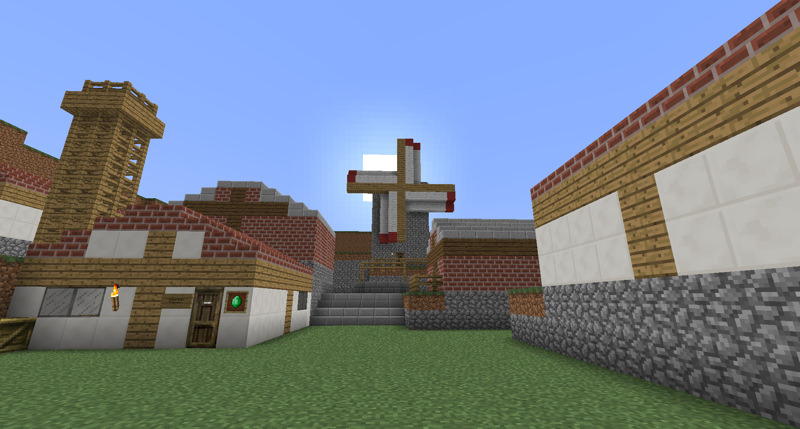 The quiet serenity of Kakariko Village
The quiet serenity of Kakariko Village
When designing our bosses, we always keep the following specifications in mind to ensure that the encounter is engaging, enjoyable, and generally fulfils the player’s expectations of a boss fight:
Constant Threat
The boss should be a threatening presence whenever it is near. Typically, bosses are much harder than typical enemies, having access to special high-damage abilities. Make sure the player is constantly kept on their toes during the battle, having to dodge or predict attacks and keep an eye out for openings. This ensures that the tension that has been built up over the course of the previous stages successfully peaks and the player’s interest is maintained throughout.
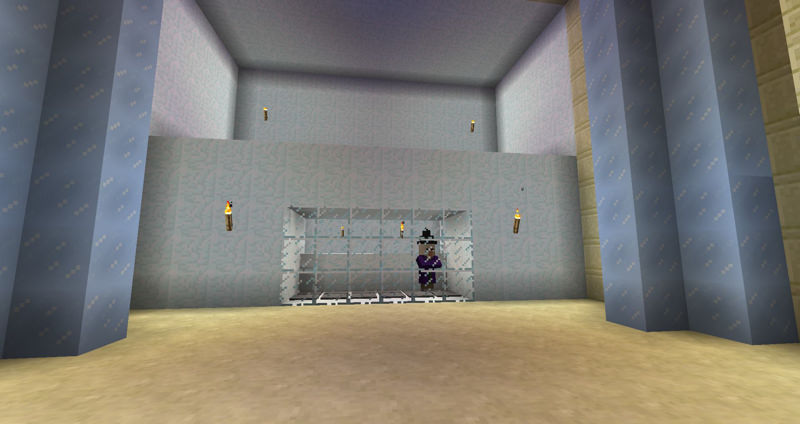 Kotake
Kotake
Puzzle
Each boss battle is a puzzle of its own. First, the player must identify the objectives, then they must figure out how to complete these objectives. Often, bosses have specific behavioural patterns, and as a part of one of their attacks their weak spots are revealed. Whilst you may want your players to use their brain a little to figure out how to damage the boss, don’t make their weaknesses too elusive – players will be a lot less attentive in the heat of a boss battle, and a brightly glowing tail, for example, will go a long way in signposting what players must do to defeat the boss.
It is worth noting that some games allow multiple solutions to boss battles. In a Shrek inspired boss battle, you may have to dive into combat with a huge fire-breathing dragon, using weapons to slay him. An alternative, more peaceful solution could be leading the leashed dragon around a set of pillars until its chain gets tied up, restricting it. Both of these solutions are completely valid, but the reason it is uncommon to include multiple solution is because it costs a lot more time and money for what is essentially superfluous content – after all, the player will only defeat the boss once in a single playthrough.
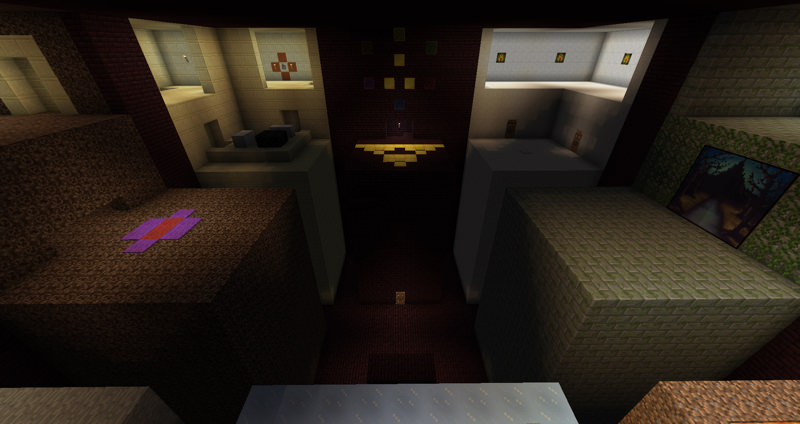 The final boss
The final boss
Mastery
Boss fights are most often a token of action games, and as such usually require a certain amount of mastery of the game to complete. This might involve side-stepping projectiles whilst simultaneously aiming for a boss’s weak spot, for example, or sprinting for your life across crumbling platforms. Mastery is all about how difficult it is to execute the moves required to complete the boss battle. In Templars of Hyrule, battles occasionally involve avoiding damaging area-of-effect abilities, but more often than not are about surviving carefully calculated waves of mobs using whatever equipment you have.
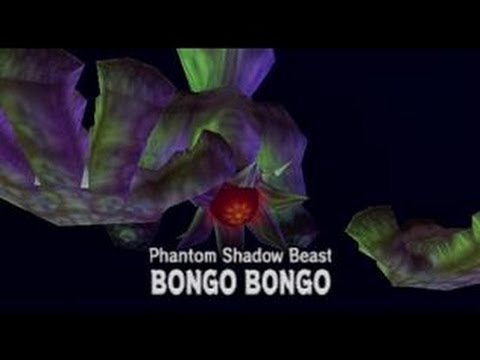 Bongo Bongo
Bongo Bongo
Believability
The way in which the boss is damaged should make sense in your game world. Damaging a boss by pressing buttons on a wall in a certain order might be challenging, but it really breaks player immersion and also makes the game hard to understand. An arrow to the eye would be much more logical! Make sure that your boss’s weak spots, if it has any, are believable and also not too hard to identify. What’s more, the player should be well aware of when they have dealt damage to the boss, either via visual or audio feedback, so that they know when they are on the right track. They should be fighting the boss, not the game! Lastly, don’t be afraid to show your boss being crippled as the battle progresses – this makes their eventual defeat even more rewarding for the player.
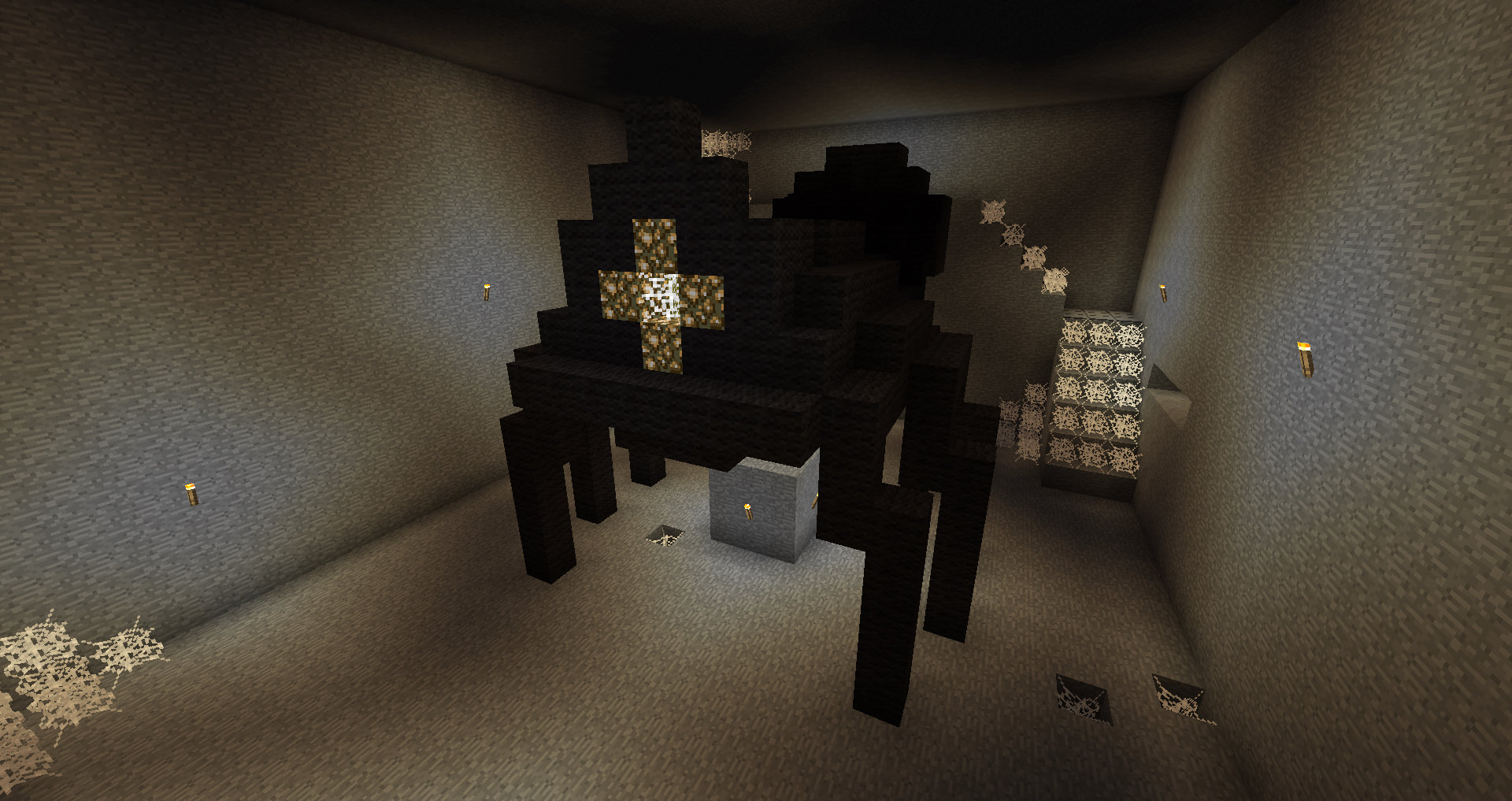 Princess Gohma
Princess Gohma
Learning Curve
The boss is a culmination of sorts, and should be testing skills that the player has acquired over the course of the level or game. Although a boss battle is intended to be a unique experience that differs from the rest of the game, it should not be so different that the player feels completely unprepared for the new style of gameplay. Flipping from a first person shooter to a third person shooter just for the battle, for example, could throw players off entirely as they have to get used to a new camera angle. Much better practice is to allow your player to display their understanding and apply already acquired knowledge in a slightly different way. For example, in Templars of Hyrule, the bomb bag is located in Dodongo’s Cavern. It is imbued with increased knockback, and the use of its special attribute is necessary for the completion of the boss battle.
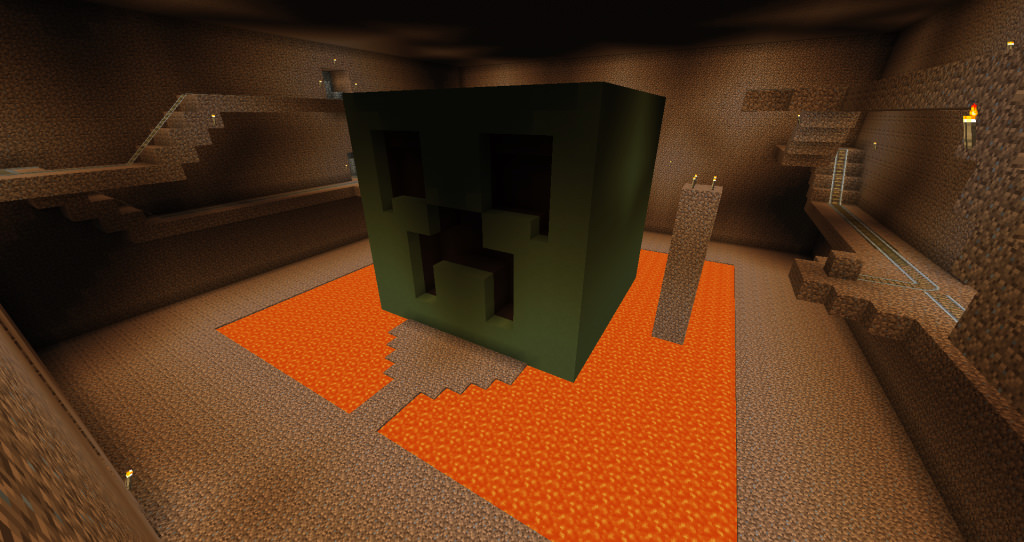 The Bobombo-D6000
The Bobombo-D6000
Phases
The difficulty of a boss often ramps us as time progresses or as its health decreases. The fight normally starts off alternating between a couple of attacks at the beginning of the battle, progressively introducing more complex moves into the mix as the fight wears on. Some bosses even have a second form, like Ganondorf/Ganon in Ocarina of Time. When designing a boss, try to make the later parts of the fight ramp up in difficulty to keep the player on their toes and avoid a fight that feels long, repetitive, and less engaging.
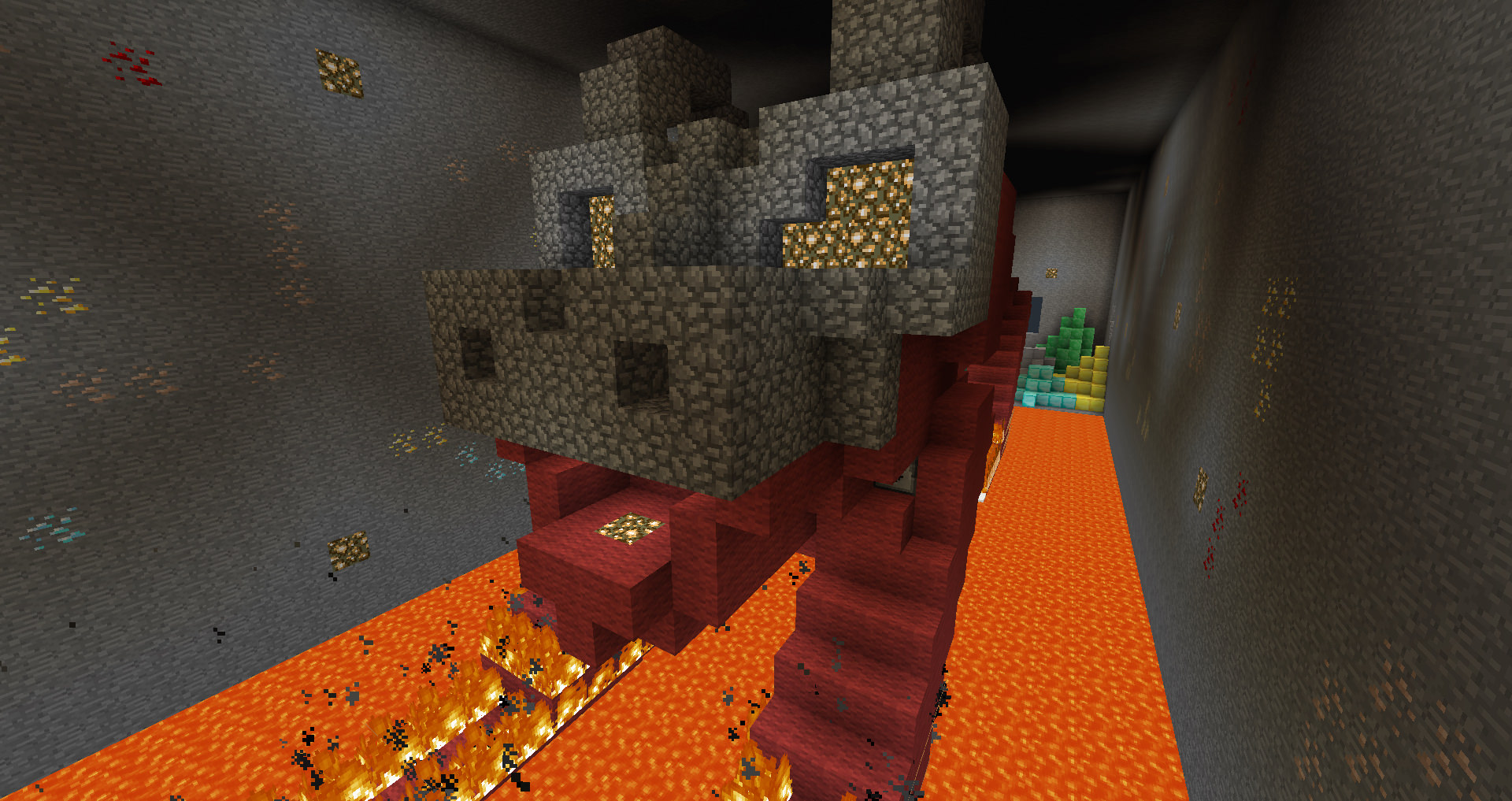 Volvagia
Volvagia
Aesthetics
How does the boss battle look? This doesn’t just refer to the boss itself, but also to the environment that the boss battle takes place in. Are the surroundings fitting with the rest of the game’s environment? Are they interactive? Does your boss look threatening? Do they have character, and fit the theme of your game? Do their attacks look intuitive? Give your players cues if there are certain boss abilities that require fast reactions. Once the player has learnt what these signals indicate, they can then meaningfully react to the boss’s attacks. Our example of the Parasite from within Jabu-Jabu’s belly telegraphs his poison attack by opening his mouth and letting out a scream before spewing out splash damage in a line. The danger zone is marked out by the green slime trail, so players know to avoid that area when the poison attack comes around. As for the environment, the Parasite itself is blocking part of the digestive tract, which is the whole reason you’re down there in the first place!
In addition to these seven specifications, we made some extra ones specifically for Templars of Hyrule, our three player Minecraft spin-off of Ocarina of Time:
Three Player
As a game for three players, Templars of Hyrule had to be interesting for all players at all times. Sitting in a room alone staring at a wall whilst waiting for your teammates to solve a puzzle is not very engaging for the isolated player, so we tried to avoid these situations where possible.
Faithful
Also, as our game is based on Ocarina of Time, we’ve tried to remain as faithful as possible to the original bosses, offering either the same boss, albeit sometimes in an altered form, or another boss that offers a similar challenge and fits the land of Hyrule.
Resetability
Due to the nature of Minecraft, it can sometimes be difficult to allow players to restart the boss battle. We have tried to stop a ‘swarming’ effect if all players die by capping the number of mobs that can be present at any time, either through the use of spawners (which have their own cap) or through /testfor commands.
Now, let’s take these specifications and apply them to Phoenix. The sequence of the boss is as follows: the central alien aboard the mothership constantly shoots at the player when the two are aligned. There are also smaller vessels that fly in a haphazard fashion, shooting at the player and obstructing bullets. The orange barrier acts as a soak that must be penetrated before the second defence can be reached, that is, the purple conveyer belt style barrier which constantly cycles. Once a hole has been torn through the conveyer belt, the player must attempt to fire a bullet that lines up nicely with the hole, hitting the alien once and defeating the boss.
Constant threat: The mothership is constantly moving closer to the player, essentially adding a time constraint to the game, and the other enemies that flitter around also pose a threat to the player.
Puzzle: This boss fight is actually rather straightforward. After firing a few shots, the player is already aware of how the boss fight works. The only real surprise is the conveyer belt nature of the purple band, which doesn’t require that much thought to understand. This is possibly due to the game being an arcade game, focusing on straightforward mastery over the frustrating trial and error aspect of puzzle-solving.
Mastery: Arcade games have no save points, and are often difficult to complete in one sitting with one credit. The game relies on fast reactions and precise aiming.
Believability: When something gets hit with a bullet, it gets damaged. Very easy to understand.
Learning Curve: The game teaches you attack patterns of certain enemies. All logic regarding ship movement and shooting remains consistent.
Phases: Although the fight doesn’t feature phases as such, the fact that the mothership gets closer and closer makes it more difficult to shoot at the alien without retaliation.
Aesthetics: Hey! It was good for its day!
All in all, the boss battle ticks all the boxes, with the exception of a strong puzzle element (which is forgivable given the genre and style of arcade games).
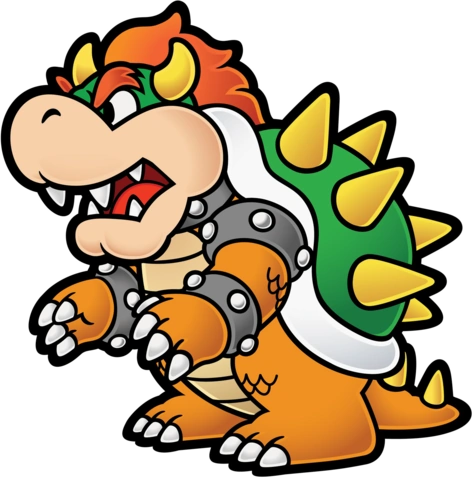 Bowser, Paper Mario (2000)
Bowser, Paper Mario (2000)
This is, of course, not a definitive list of all bosses. Some bosses may defy this pattern, such as an overly easy first boss battle which serves more as character development than a challenge. Some games don’t use bosses at all, such as Call of Duty and Solitaire. And then there’s Shadow of the Colossus, a game consisting entirely of boss battles…
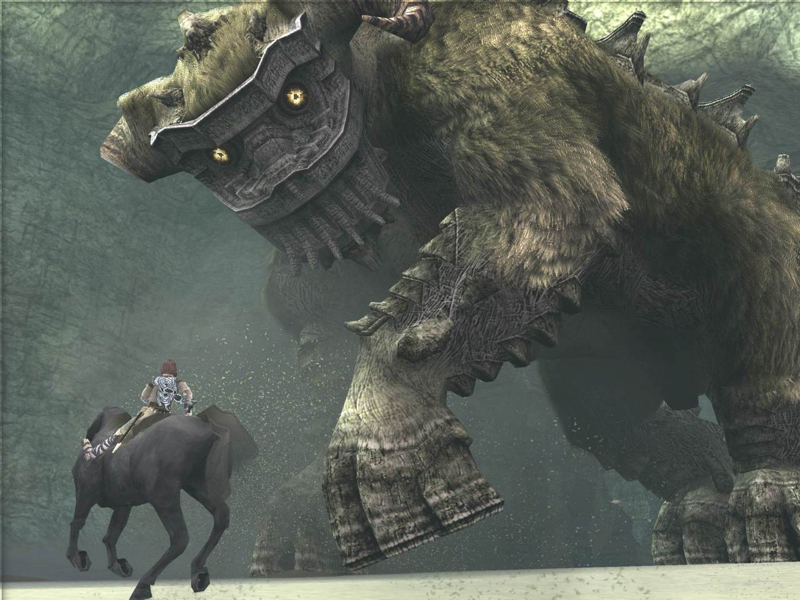 Quadratus, Shadow of the Colossus (2005)
Quadratus, Shadow of the Colossus (2005)